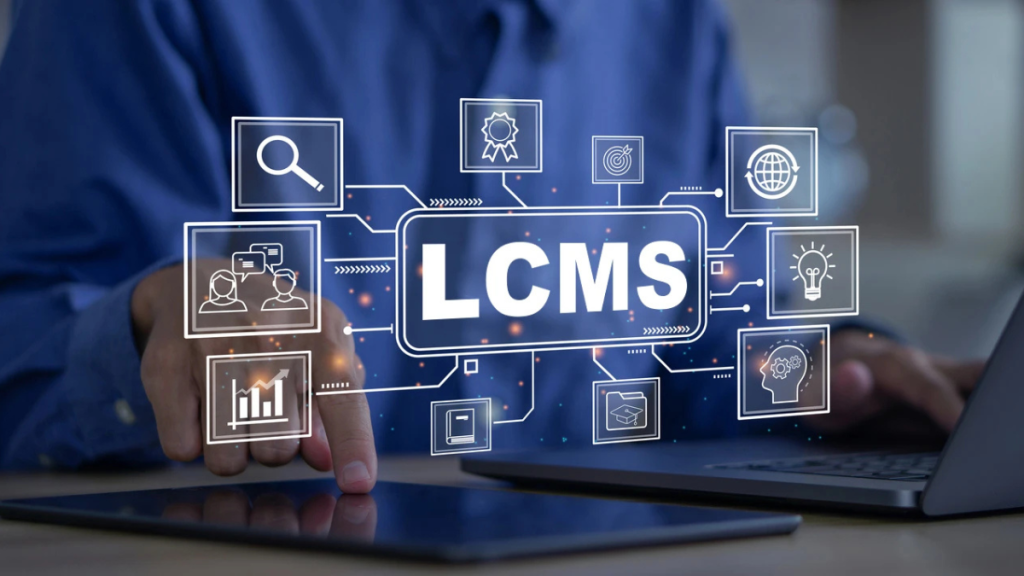What changes the way organizations deliver training and education is selecting the right Learning Management System (LMS). And with so many options available, knowing what to look out for in terms of features and qualities makes your ultimate decision less complicated. This guide outlines critical factors to consider when selecting an LMS system.
Ease of Use
A practical LMS system offers an easy-to-use interface for administrators and learners, while a complex system demotivates users and hinders their learning process. If possible, prioritize platforms that are easy to navigate and have simple functions. An easy-to-use dashboard can help you better manage courses and monitor progress.
Customization Options
One of the significant advantages is the flexibility of design and functionality. The organizations should opt for systems that enable customization of content and brand for all specific needs. Collab LMS customization may have reference adaptations of modules, unique learning paths as per requirement, companies’ logos or themes can be integrated, etc. Humanizing a teaching method usually creates better reach and a more relatable learning experience.
Integration Capabilities
It should be compatible with the existing software and tools. Integrating with tools like CRM, HR, or content creation software can help streamline processes. With this compatibility, seamless data transfer can become a reality, thus boosting the efficiency of the learning environment.
Mobile Accessibility
As the number of learners consuming content on the go grows, no two words are more important than mobile-ready. Ensure that the LMS provides a responsive design and is accessible on mobile phones and tablets. Plus, the benefits of mobile access ensure learners can interact with the material at their convenience, which increases flexibility and course participation.
Content Variety
A good LMS will allow you to deploy diverse content types. Search for systems that support various multimedia formats, including videos, quizzes, and interactive modules. Different types of resources can help meet varied learning styles and interests and assist with user engagement. Finally, you should be able to update and expand content easily.
Reporting and Analytics
Progression and performance are crucial in evaluating how training programs are delivering results. A good LMS must have a reporting tool that shows how engaged an LMS learner has been, how many courses a learner has completed, and what assessment marks were scored or administered. Analytics can highlight both areas where participants struggled and candidates improved.
Scalability
Over the years, organizations grow, and so do their learning needs. It is essential to pick a system that can grow with these changes. The LMS should be scalable and cater to increasing users and courses without affecting performance. Scalability guarantees long-term sustainability and flexibility.
Security Features
Protecting sensitive information is a top-level priority. Because security is essential to safeguard the data, any good LMS would have security systems in place. It should offer solid features like auto-updates, backups, and migrations, and many of these fall under security features like encryption and secure authentication. Moreover, ensuring that the platform adheres to data protection regulations is essential.
Cost Considerations
You should weigh the LMS system price against the features and support. Specific systems will have fees for services or updates. You should scrutinize pricing plans closely and consider long-term value based on upfront costs.
Customer Support
Good support changes the way users experience your product. LMS providers should provide a wide range of support resources, from tutorials and documentation to responsive customer service. Easy access to assistance can solve issues on time and maintain the learning flow.
Trial and Evaluation
Test the system before you make a decision. Most providers have free trials/demos. This trial period enables organizations to determine if this LMS suits their requirements. Experiencing the system yourself can reveal any possible difficulties or benefits.
User Feedback and Reviews
Exploring feedback from users can tell you a lot about an LMS. Reviews by current users frequently spotlight strengths and weaknesses you might not identify immediately. These perspectives can guide decision-making and help find an LMS that perfectly fits the bill.
Conclusion
Selecting the right LMS is not that simple. Organizations can optimize for a solution that enables learning and development by prioritizing user experience, customizability, integration, and support. The proper choice can support employee training programs, encourage engagement, and help the organization achieve goals.

